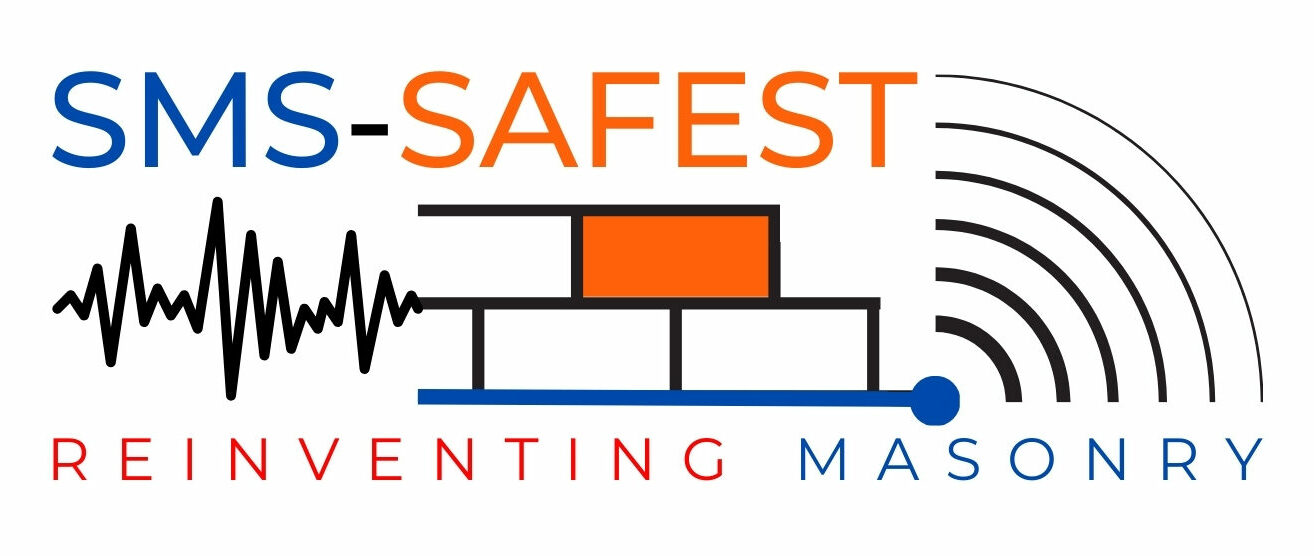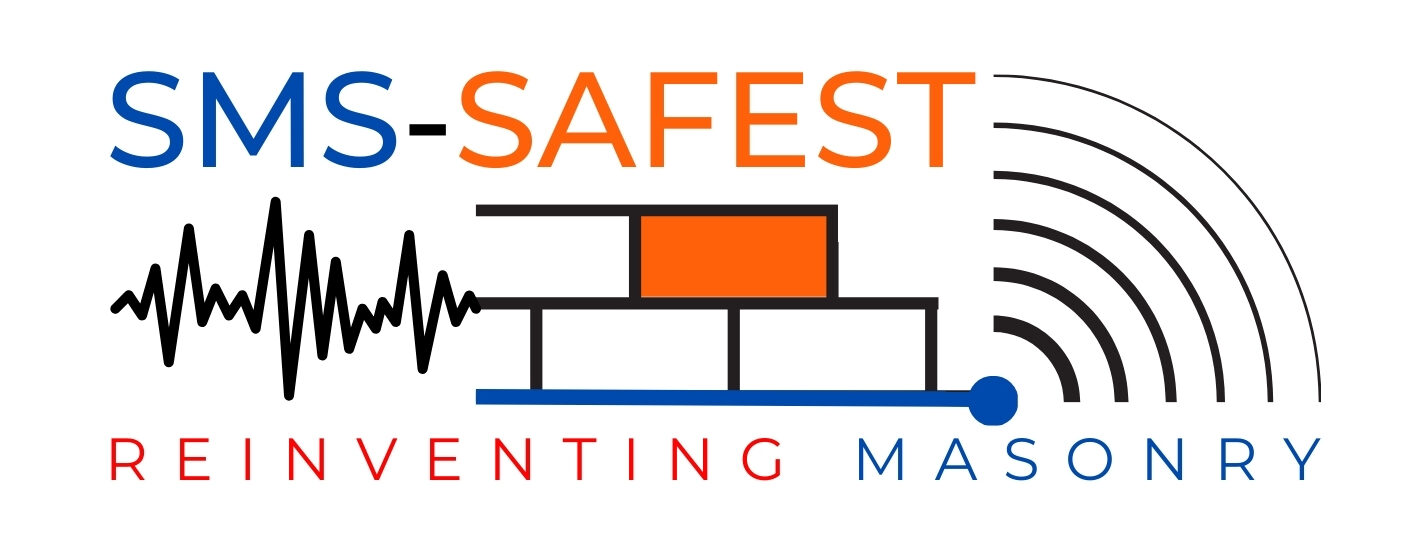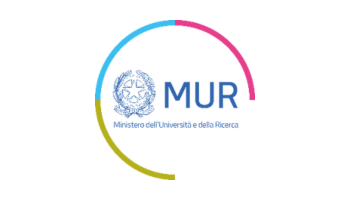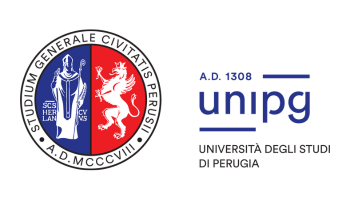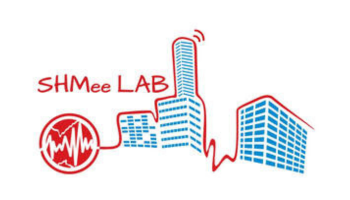SMS-SAFEST aims to develop a radically new paradigm for SHM of existing masonry structures by proposing the novel smart masonry. Smart masonry is a synergistic combination of smart mortar layers and smart bricks, placed at selected critical locations within a masonry structure during a retrofit intervention. During masonry repointing, old mortar will be removed and locally smart mortar will be infilled, after installation of hidden electrodes. Similarly, old bricks will be locally substituted with smart bricks.
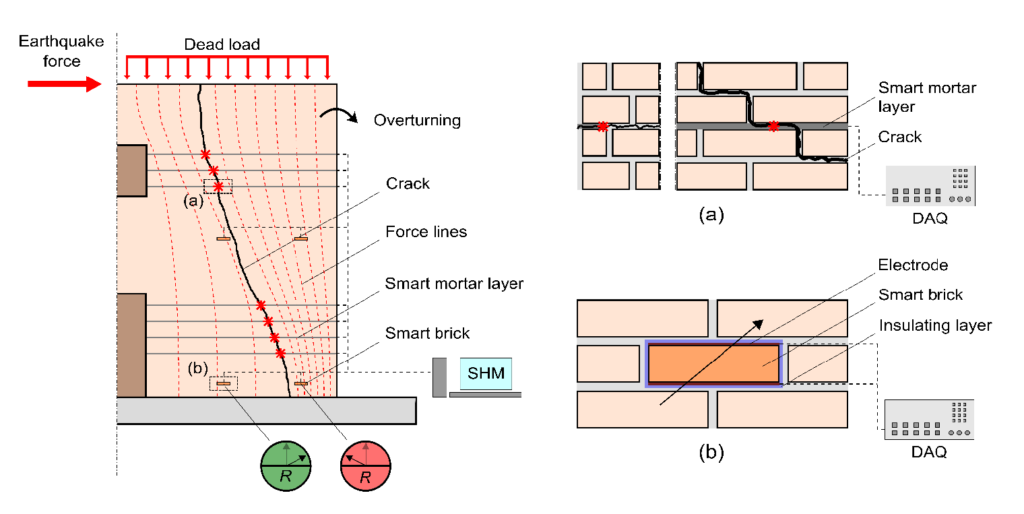
Illustration of the proposed smart masonry: smart mortar layers sense a crossing crack and smart bricks sense local changes in strain under dead load conditions (R denotes the electrical resistance of the brick that increases under unloading and decreases under compressive loading). Machine learning and AI algorithms assess post-earthquake structural safety by processing smart masonry outputs.
Smart masonry will provide existing structures with the ability to self-assess their structural conditions after an earthquake, providing immediate information about structural operability and integrity through the use of machine learning and AI. Smart conductive mortar layers and smart bricks will have specialized functions in smart masonry. Conductive mortar layers will allow to localize cracks crossing them as local changes in electrical resistance of the mortar, using an array of electrodes hidden in the inner core of the masonry and not visible from the façade. Smart bricks will provide an electrical output proportional to their strain and this information will be automatically processed for global structural assessment and damage detection.
A damage will be identified on the basis of changes in dead-loads-induced strain outputted by smart bricks and on the basis of cross-comparison of the outputs of smart bricks. Smart masonry will thus allow to transform existing masonry structures into self-sensing systems, enlarging the sensitive volume to its maximum extent. Stakeholders such as owners, operators and occupants will obtain real-time diagnostic and prognostic data immediately after an earthquake, for instance through an SMS, thus contributing to an optimal scheduling of retrofitting interventions and to a prompt installation of safety measures to prevent collapses during aftershocks. This will result in increased safety, with substantial economic benefits.
SMS-SAFEST will address key challenges and go far beyond the state of the art, as it concerns: (i) sensor units optimization, (ii) low-cost and low-impact electronics design and fabrication, (iii) development of a masonry repointing and a brick substitution technique, (iv) elaboration of new machine learning and AI-based algorithms fusing information from smart mortar and smart bricks for damage identification and (v) full-scale static and shaking table validation tests on paradigmatic structural systems.
